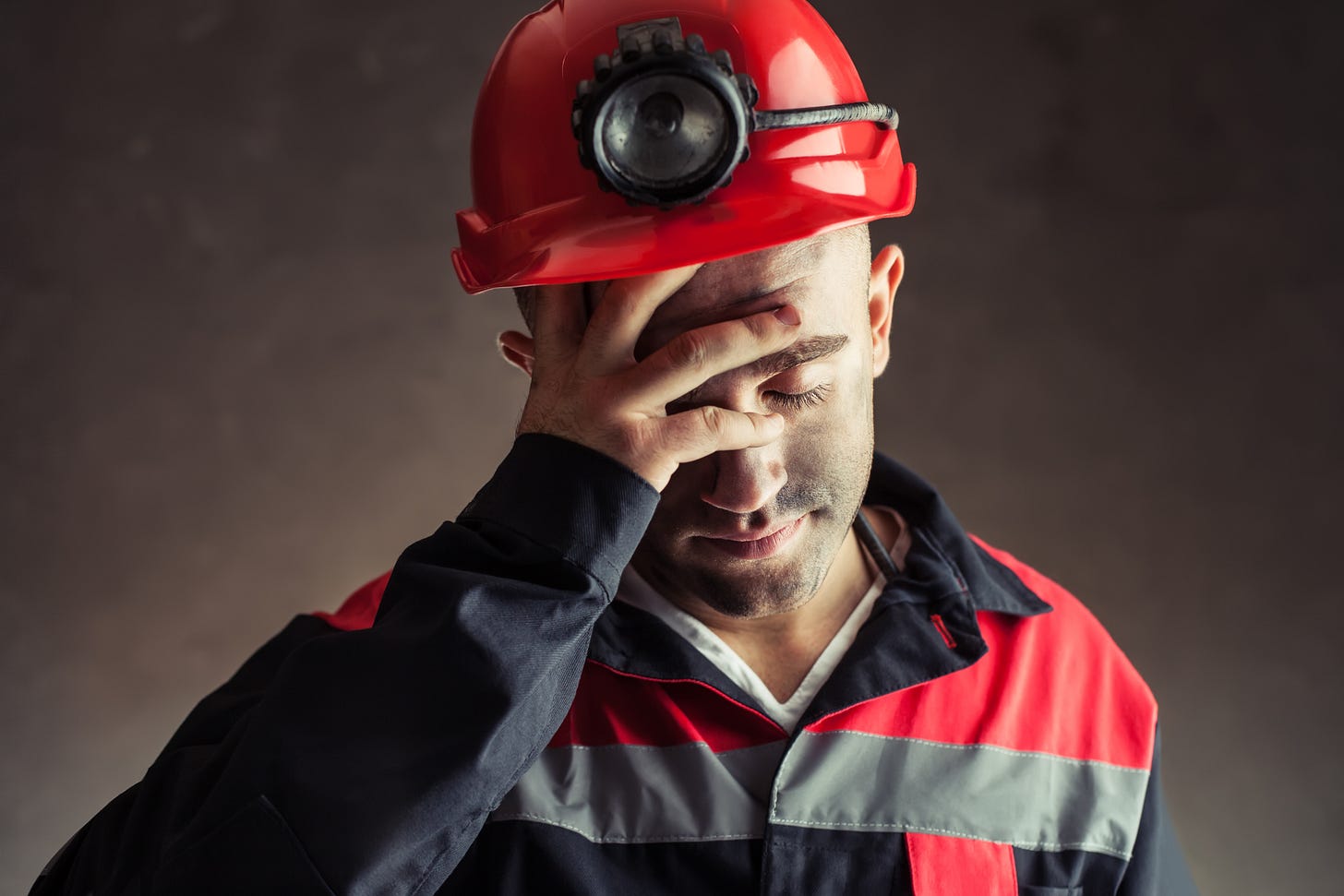Two days ago, we wrote a post describing a railroad accident. A freight train traveling through our neighborhood struck a vehicle that was on the tracks. There were no injuries.
Lessons Learned
There has been a significant number of such events over the course of the last few years. We know this because the organization Virtual Railfan has a camera pointed at the principal intersection in town. It operates 24 hours a day; the live signal can be seen on YouTube.
There are lessons to be learned from this incident. These lessons include consideration of the following,
Unreported events,
Eyewitness reports,
Process safety in the public space,
Emergency response access, and
Chemical tank cars.
In the first post we discussed the fact that the 24-hour camera coverage has greatly increased community awareness with respect to the frequency and severity of train/automobile collisions. It makes one wonder just how many incidents in process facilities are not fully reported.
In this post, the second in the series, we would like to consider the second item in the lessons learned list: Eyewitness Reports.
Eyewitness Reports
One of the concerns to do with incident investigation is to do with the accuracy of eyewitness reports. NOTE: this concern is not to do with people deliberately making false statements — it is to do with people saying what they think is the truth, but their information is actually incorrect, or at least, it needs confirmation.
I myself was a witness to the periphery of the railroad collision just described. My study overlooks the tracks. It was nighttime and the drapes were drawn. The train was going by when I heard the screech of its brakes as it came to an emergency halt. By the time I opened the drapes the train was motionless. The next thing I observed was two police cars with their lights flashing and sirens blaring heading north toward the intersection you see in the Railfan live feed at the start of this post. I therefore assumed that the train was heading north and that there had been an accident at that intersection. My assumption was reinforced by the knowledge that that is where most train/vehicles collisions occur.
As I started reading the Virtual Railfan chat, I learned that the accident had occurred at another railroad crossing, one that was about half a mile to the south. Even so, I still assumed that the train had been heading north and that the road vehicle had hit one of the freight cars.
I was wrong. It was only when the accident was cleared, and the train started moving, that I realized that the train had been heading south.
This misunderstanding on my part had no practical consequences, but it does illustrate the unreliability of the statements made by some eyewitnesses. T
Incident Investigation Techniques
Front-Line Operators and Technicians
Most incidents involve front-line technicians (operators and maintenance workers), some of whom may have been injured or emotionally shaken. These people will often be feeling upset and defensive. They may also be feeling guilty if any of their colleagues were injured or died. All these emotions are likely to have an effect on what the person thinks that they observed. (Once more, we stress that this does not mean that the person is deliberately trying to mislead the interviewer.)
Technicians often may not understand what caused the incident, but they worry that they will be blamed anyway. An effective investigator encourages these front-line technicians to be open and candid — primarily by simply shutting up and letting then them talk. Unfortunately, many investigators — who often possess years of experience — are much too quick to interrupt the technician’s narrative flow with questions, war stories or snap judgments at to what happened. An investigator should make it clear to the technicians that the goal of the investigation is to find out what happened — not to apportion blame or to demonstrate how smart the investigator is. In such situations the investigator is being prejudiced in the literal sense of the word (pre + judging).
Mid-Level Managers
Investigation reports generally recommend that changes are needed at the facility’s mid-level management systems. Examples of such changes include an increased emphasis on equipment inspection, upgraded operating procedures and beefed-up training for the technicians. The implementation of such changes requires that the facility managers commit scarce resources that they would prefer to spend on achieving other goals. An effective investigator will empathize with these mid-level managers and will understand the demands that are being placed on the organization by the investigation and its follow up.
Senior Managers
Many investigators find that technicians are candid and open, and mid-level managers are generally willing to honestly address the need for improvements to the facility’s systems. What these investigators sometimes find, however, is that senior managers are resistant to the findings and implications of an investigation. These findings may indicate that systemic changes to the company’s management systems are required; the senior managers in charge of such systems can become quite defensive — they don’t like being told that their baby is ugly. Hence an effective investigator will know how to communicate with these senior managers, and how to get their buy-in — not least because they are the ones who provide the funding needed to implement the investigation’s recommendations.
An additional concern regarding the involvement of senior managers is that they are usually strong personalities; they may try to take over the investigation and direct it to meet their own opinions, goals and agendas. A strong investigator is able to resist these blandishments.
Additional Information
Further thoughts to do with this important topic are provided in our ebook Incident Investigation and Root Cause Analysis.






